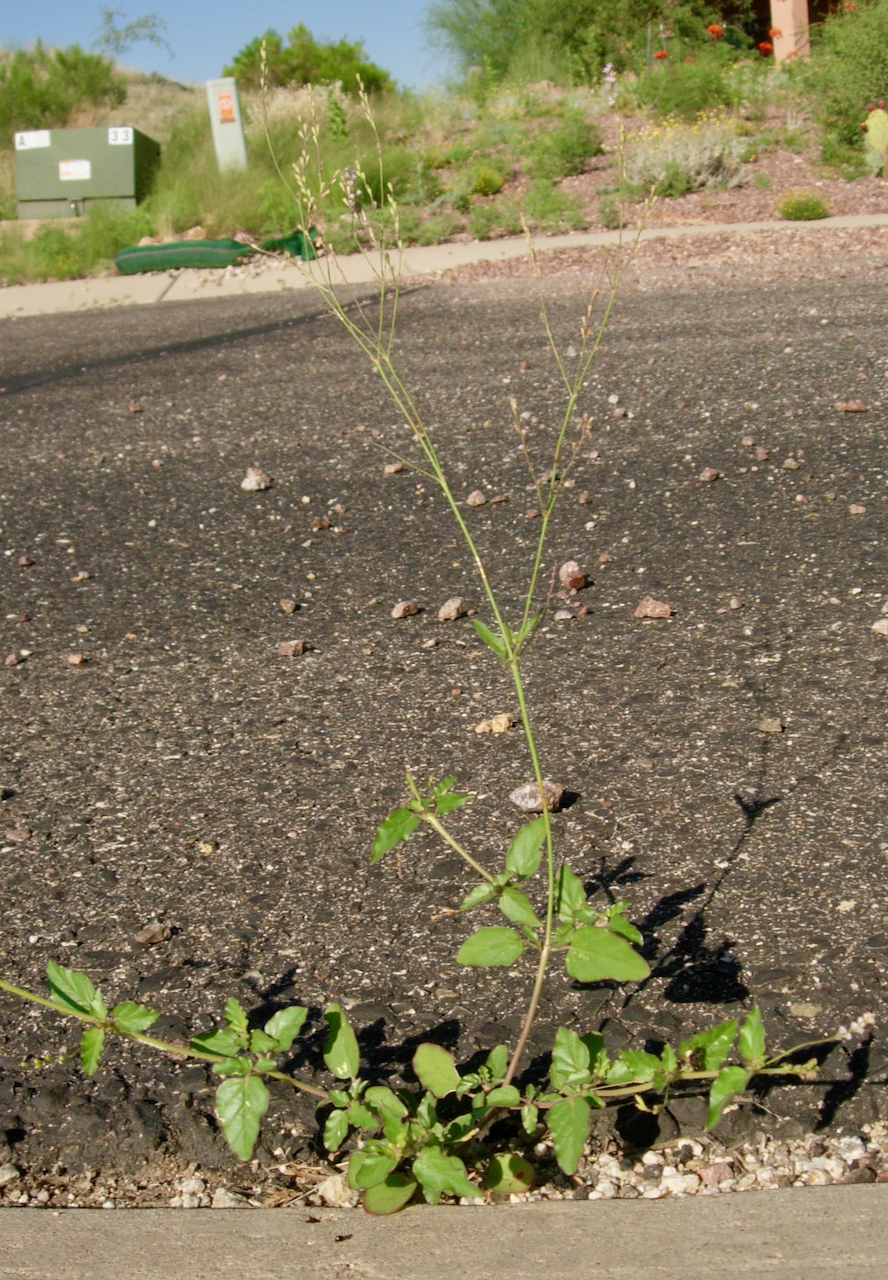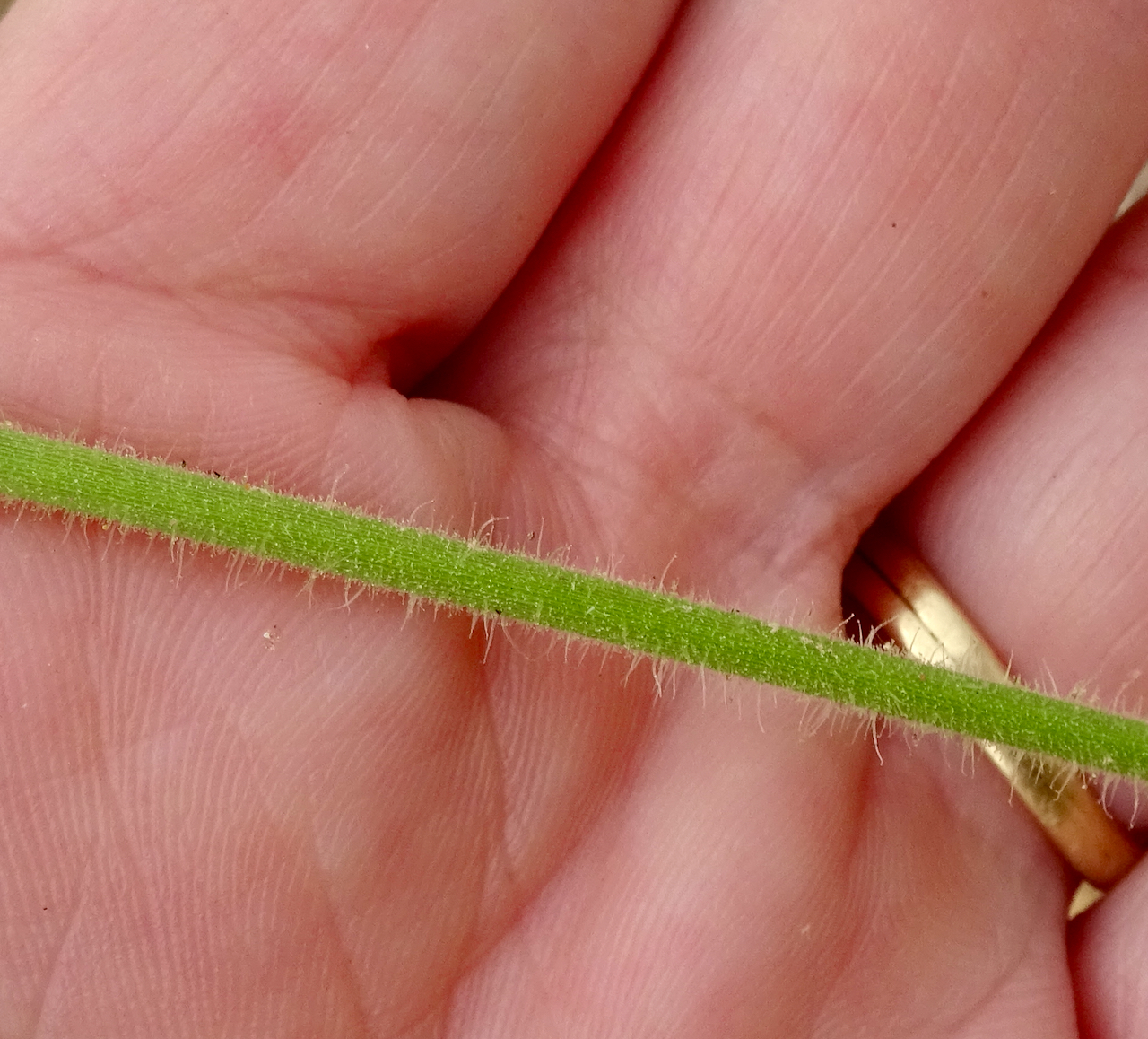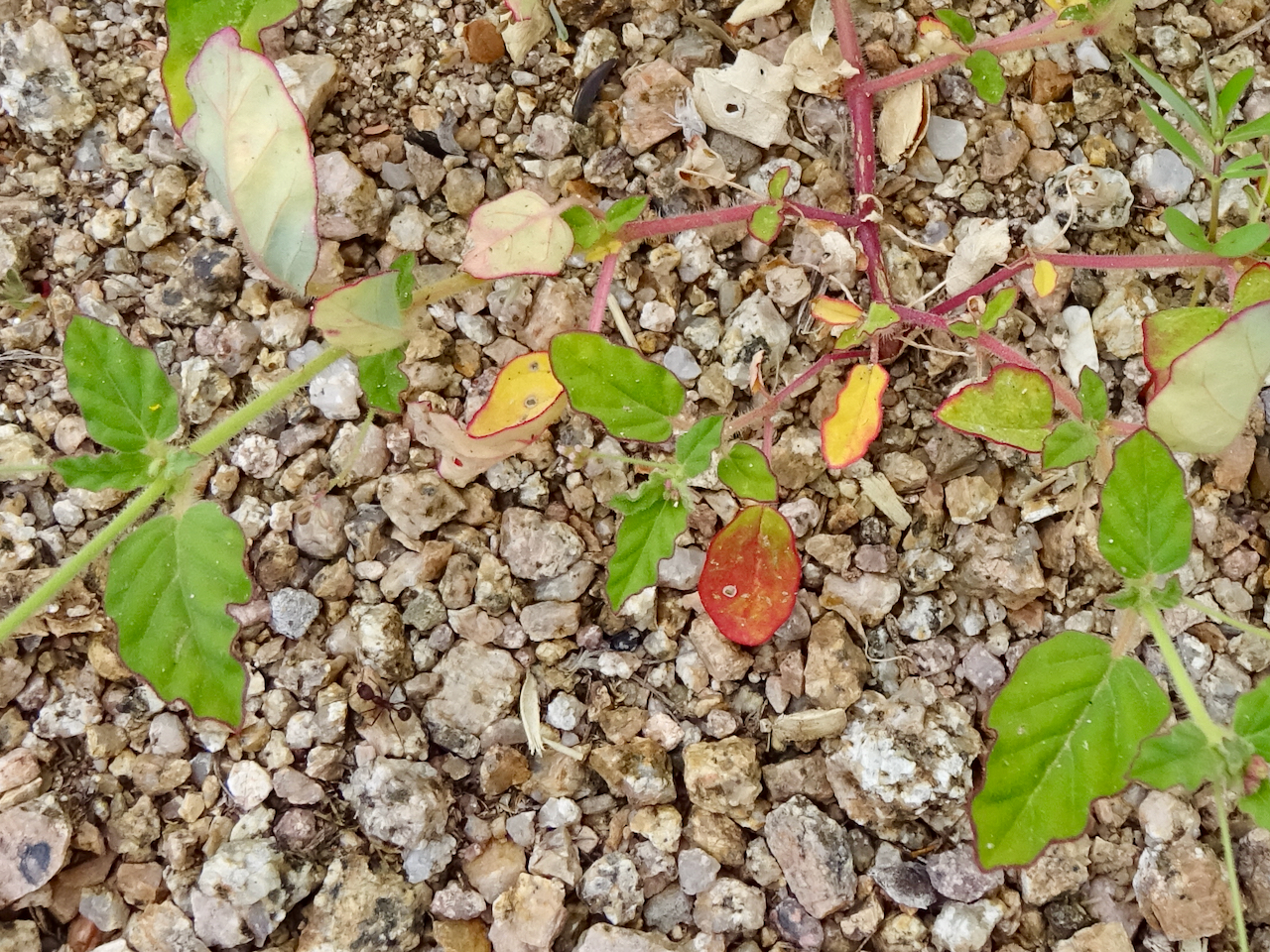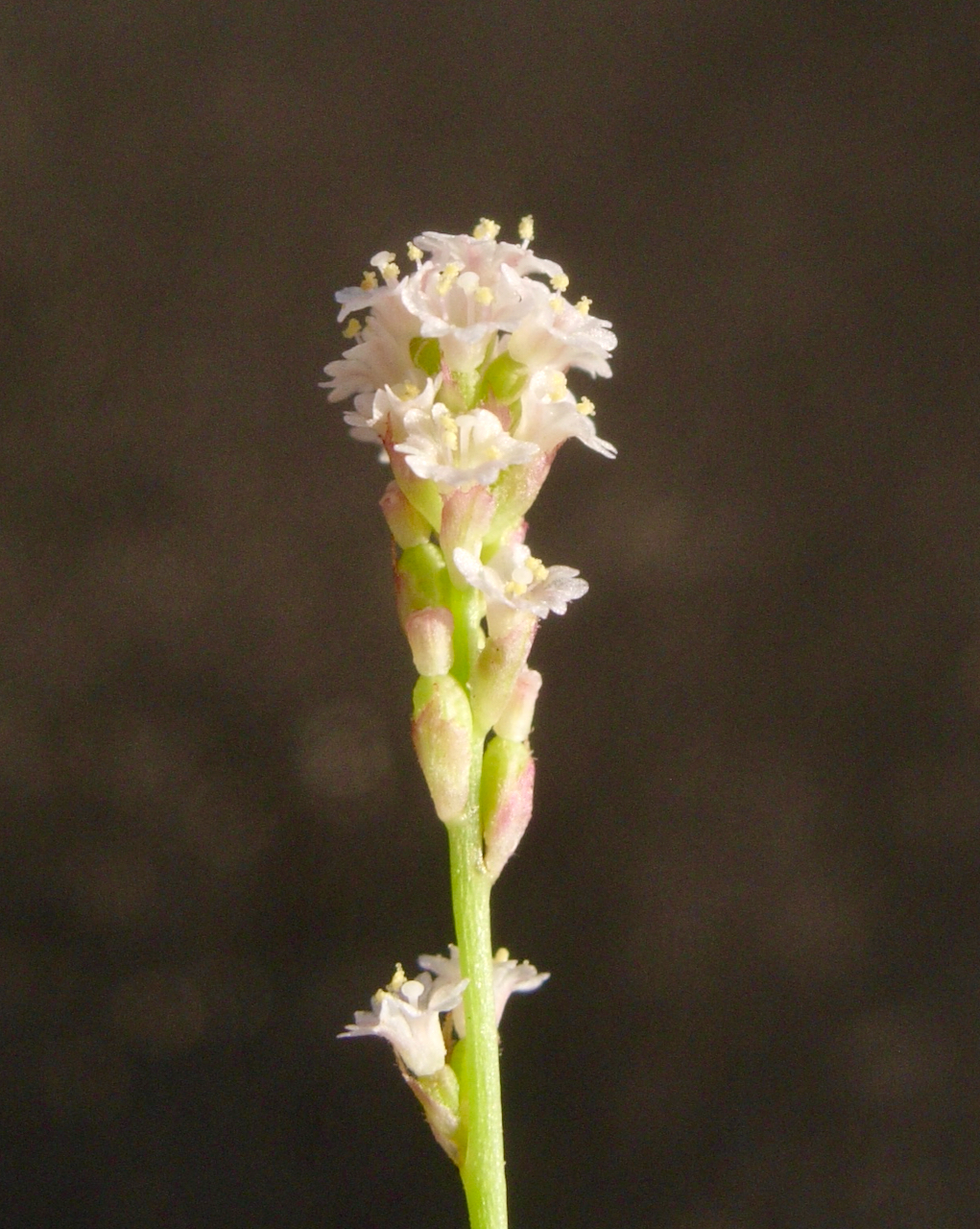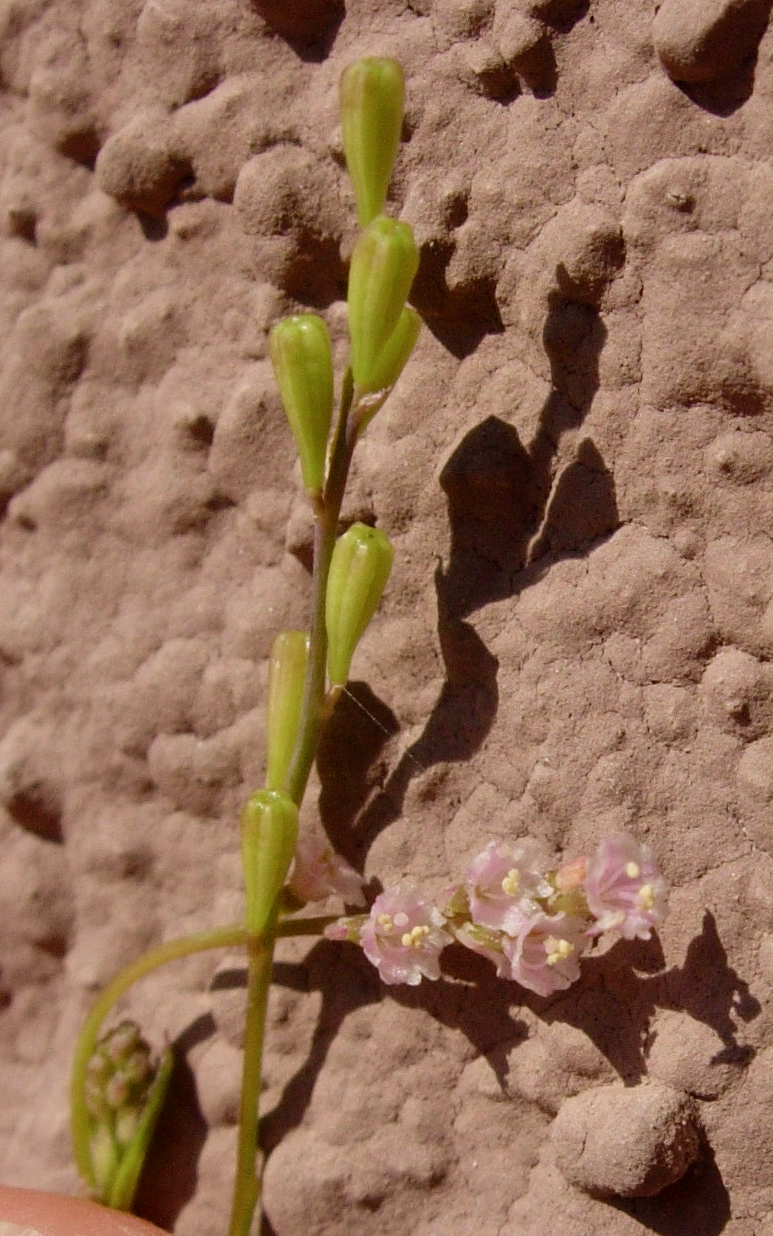Coulter Spiderling
Boerhavia coulteri
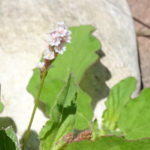
About the Plant
Coulter spiderling is a (usually) erect summer annual with limited ornamental characteristics. It appears at roadsides and other disturbed places, sometimes thickly covering the ground. It begins to grow with the monsoon rains and flowers soon after. Flowers are small and pink, held in an elongated cluster.
Coulter spiderling can be controlled by simply pulling it out before seeds form. The stems and leaves are extremely sticky.
Notes: The other common summer-blooming four o'clocks in our area are red spiderling (Boerhavia coccinea) and trailing windmills (Allionia incarnata). Both of these plants are prostrate, with long stems that trail along the ground.
More Information
Weekly Plant on summer-blooming four o'clocks
Technical botanical description from SEINet
